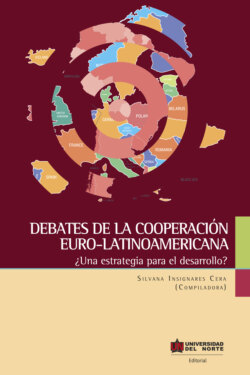Читать книгу Debates de la cooperación latinoamericana - Silvana Insignares Cera - Страница 9
CONTEXT I: THE EUROPEAN CITY
ОглавлениеAuthors such as Bagnasco/Le Galès (2000), Le Galès (2002), Siebel (2004), Kazepov (2005) and Häußermann/Haila (2005) have emphasized that European cities consists of specific forms of social cohesion, integration mechanisms and governance structures as well as a far-reaching capacity to act politically, which distinguishes them from cities in other contexts. It needs to be acknowledged that this theoretical concept of the European City has a normative as well as an analytical dimension and needs to be understood as an ideal type in the sense of Max Weber. This signifies that the concept of the European City does not display the reality of all European cities but rather highlights the main characteristic which may be found in some cities in others not (Siebel 2004).
As a leitmotiv for urban development, the European City seems to be more attractive than ever: Municipalities and private developers not only in Europe but also in Asia and Latin America are trying to implement urban strategies, masterplans and project developments under the label of the «European City». Furthermore, the European City is mentioned in European urban politics (for example the Leipzig Charta for the sustainable European City or the European Urban Agenda) as well as on national level (for example in the German national urban politics) as a desired form of urban development. Despite it’s widely spread distribution the model remains vague and different disciplines like sociology, political sciences and urban planning have their own understanding of it. In the following, the main characteristics of the concept of the European City are summarized, divided into social, political and urban design and historical dimension (The following paragraphs are based on Koch 2015).
